Since January, people of faith of 6 McMinnville congregations have gone often to the State Capitol, advocating the Clean Energy Jobs Bill. We’ve met frequently with our State Rep and Senator, been inspired by Gov. Kate Brown (in the flesh and paper mache’). Al Gore even joined us via video.
House Bill 2020, will develop a Cap and Invest program for Oregon, setting emission goals to get us 80% below 1990 levels by 2050. It will be science-based, legally binding and require all businesses emitting over 25,000 metric tons/yr to buy allowances for every ton emitted. 100+ businesses, responsible for 85% of Oregon emissions will participate.
As emission goals decrease over time, there’ll be fewer allowances for sale. This drives up the price so industries have incentive to change. A DEQ study estimates $4-500 million/yr will be generated from annual sales to be invested in communities most affected by warming, training for workers in transition from fossil-based jobs and renewable power generation, transportation, agriculture and forestry. Evidence from similar programs in California, 9 NE States, Ontario and Quebec show emissions goals can be met to keep temp rise below 1.5 degrees C. And we can do it while we create jobs and grow our economy!
February 14, I celebrated Oregon’s 160th birthday with a blogpost including a photo of an Oregon-shaped cake. I meant to follow it immediately with this post. I got side tracked by…well…the flu and Debbie’s chemo treatments for cancer…and playing with our grandson. You know…real life.
Anyway, to refresh your memory, my Feb. 14 theme was Native American tribes of Oregon. I frosted the cake for daughter Erin, depicting the homelands of Oregon tribes prior to Statehood. We need to get better at telling an accurate history including the violent oppression of indigenous humans among us.
By Oregon’s birthday in 1859, 50%-90% of Oregon Indian populations were dead of small pox, malaria and massacre. The juxtaposition of two maps shows tribal occupation before 1850 and today. In the 1850’s, these humans were herded from vast ancestral lands to tiny treaty lands on hundreds of brutal trails of tears. As those reservation lands were carved smaller in the early 20th century, non-natives came to own the majority. 1887 to 1934 saw 90 million A of reservation land stolen from tribes. Across the U.S. two-thirds of Indian land was sold, transferred to non-Indians, or lost in forced sales. Over half the current reservation land is privately held by non-Indians. This is certainly true in Oregon.
What’s this have to do with Cap and Invest for reducing Oregon emissions? Well, Don Sampson (photo above) is Climate Change Project Director of Affiliated Tribes of Northwest Indians (ATNI). ATNI represents 57 tribal gov’ernments from Oregon, Washington, Idaho, N California, SE Alaska, and W Montana.
I met Don this session. He says cap and invest programs can empower tribes to reclaim lands lost to them during the 160 years of Oregon. Wow! When has this ever happened!?! Maybe with revenue from tribal casinos. It’s about distribution.
Our coalitions fought hard for rules stipulating 40% of moneys go to marginalized communities most impacted by climate chaos including low-income and communities of color, impoverished rural communities etc. And 10% to our 9 federally recognized tribes:
- The Burns Paiute Tribe with 349 members.
- Confederated Tribes of Coos, Lower Umpqua, and Siuslaw, 953 members.
- Confederated Tribes of the Grand Ronde, 5,200 members.
- Confederate3d Tribes of Siletz, 4,677 members.
- Confederated Tribes of the Umatilla Indian Reservation, 2,893 members.
- Confederated Tribes of Warm Springs Reservation, 4,306 members.
- Coquille Indian Tribe, 963 members.
- Cow Creek Band of Umpqua Trib, 1,536 members.
- Klamath Tribes, 3,700 members.
Not all tribes support cap and trade. The 9 recognized tribes in Oregon do. What we hope for is what happened for the Yurok tribe of N California through California’s cap and trade. After all the broken promises, the Yurok were left with 5% of their original reservation (observe map below). Jobs are scarce. 80% live below the poverty line.
But in 2010, Yurok leaders began negotiating to join cap-and-trade. For each ton of GH emissions the tribe can prove its forests sequester from the atmosphere, the tribe is issued one offset credit. They have enrolled 8,000 A of forest in the carbon bank of California’s cap and trade. They can receive $12-$16/ton of emissions they can prove are sequestered. Polluting industries buy these offsets to comply. These offset revenues have become the tribe’s main source of discretionary income.
The Yurok tribe has used this income to buy back nearly 60,000 acres that once was theirs before European invasion!
Offsets are the most debated element of cap and trade. Unless tightly restricted, polluters can buy offsets, keep emitting at the same level and make no changes. The Oregon bill limits offsets to no more than 8% of their compliance.
Friends, this is what I think I know. We’ll never repair, reconcile or repay for the violence of our ancestors. But we can revise the story. For our Indian neighbors it’s about land. It’s always been about land (as economy, identity and memory). For 160 years it’s been about loss of land. But now, in Yurok country, there’s a story of return and reclamation. Did you ever think we’d see this day? I don’t want to overstate it because it ain’t much yet. And we still live with the shameful irony that they are buying back what they never sold. Still, this is huge. And our deepest hope is that this can happen for tribes in Oregon too and for tribes everywhere. We were back at the legislature yesterday and this is just about to be voted and signed into law. Maybe the most important legislation in a century. Anyway, I wanted somebody to know.
References:
“How Carbon Trading Became A Way of Life for California’s Yurok Tribe,” Carolyn Kormann (New Yorker, October 10, 2018).
“’This was always our home’: Yurok Tribe welcomes indigenous leaders to forest.” By Kevin Abourezk (Facebook blog: September 28, 2018).

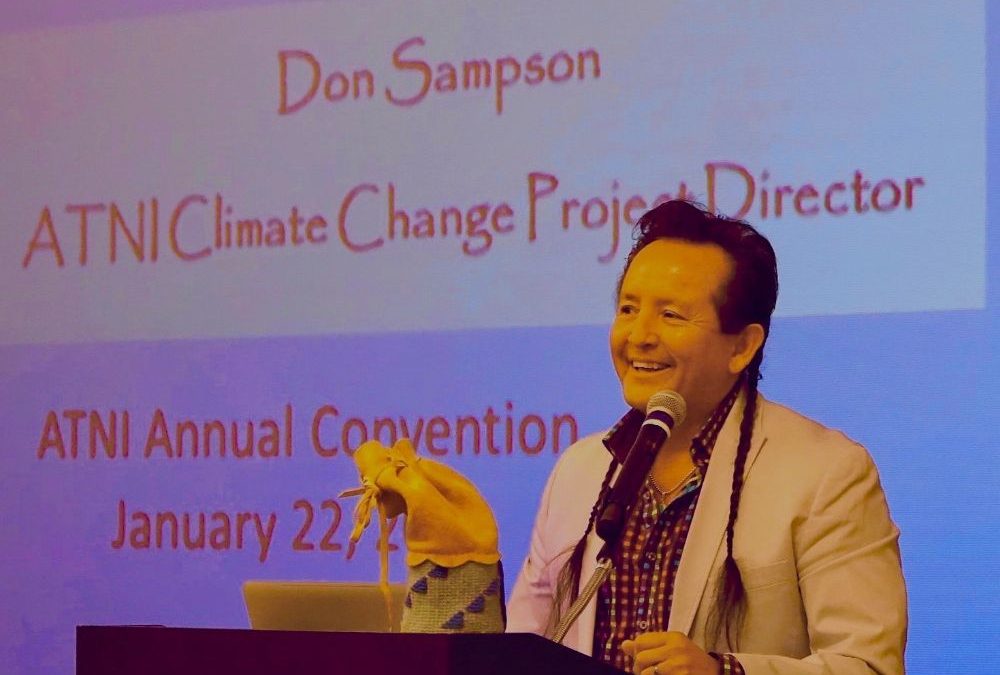
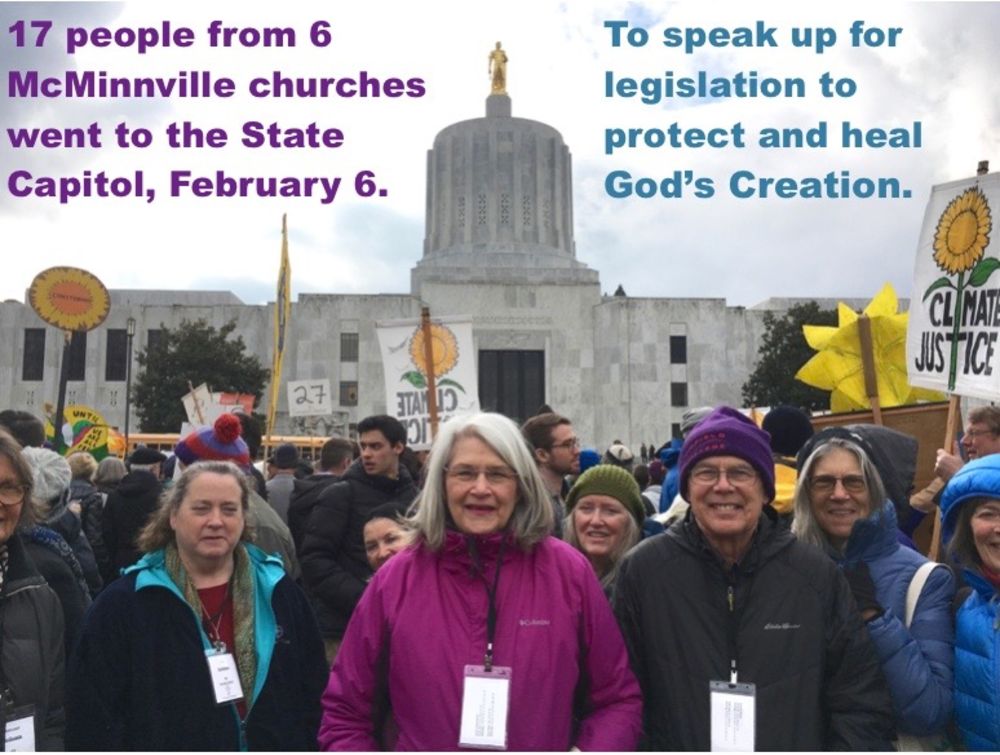
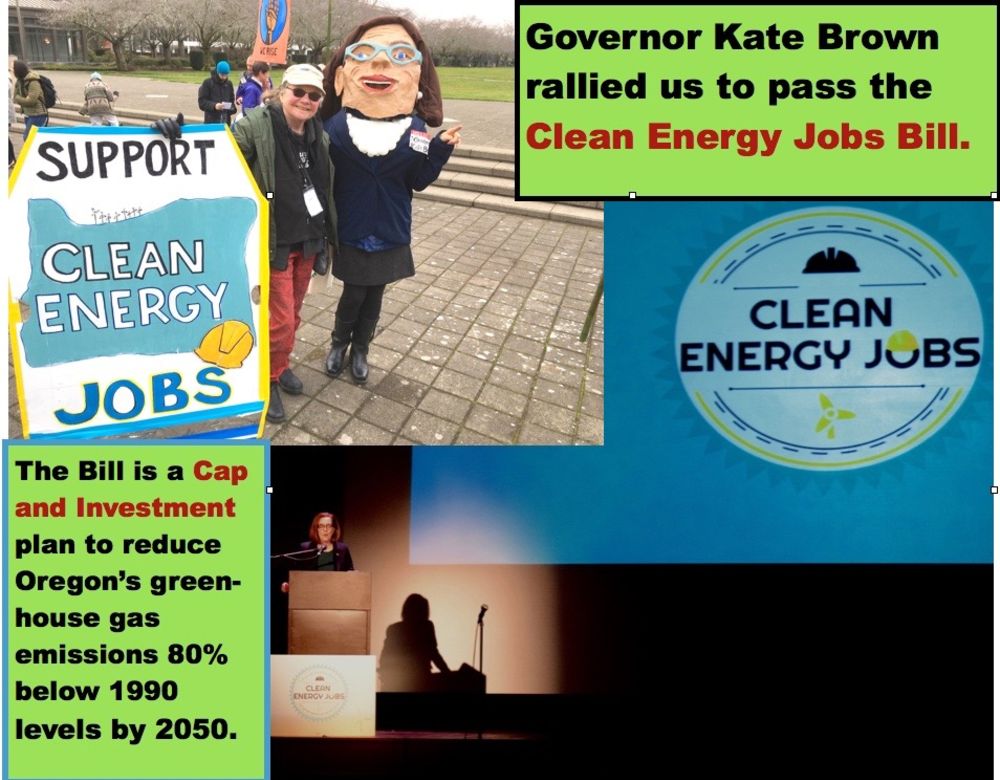
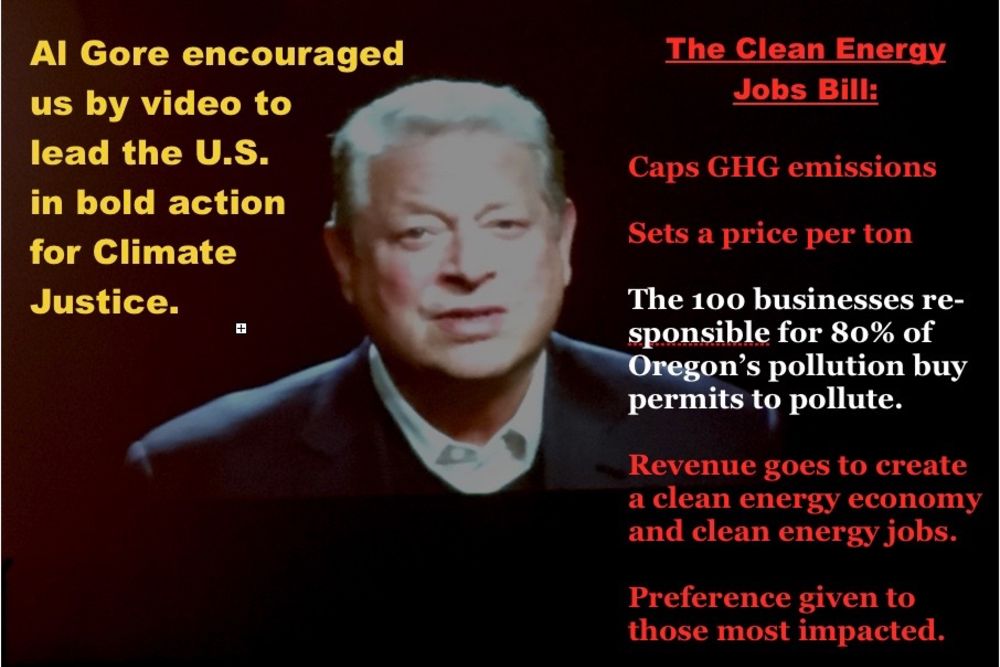
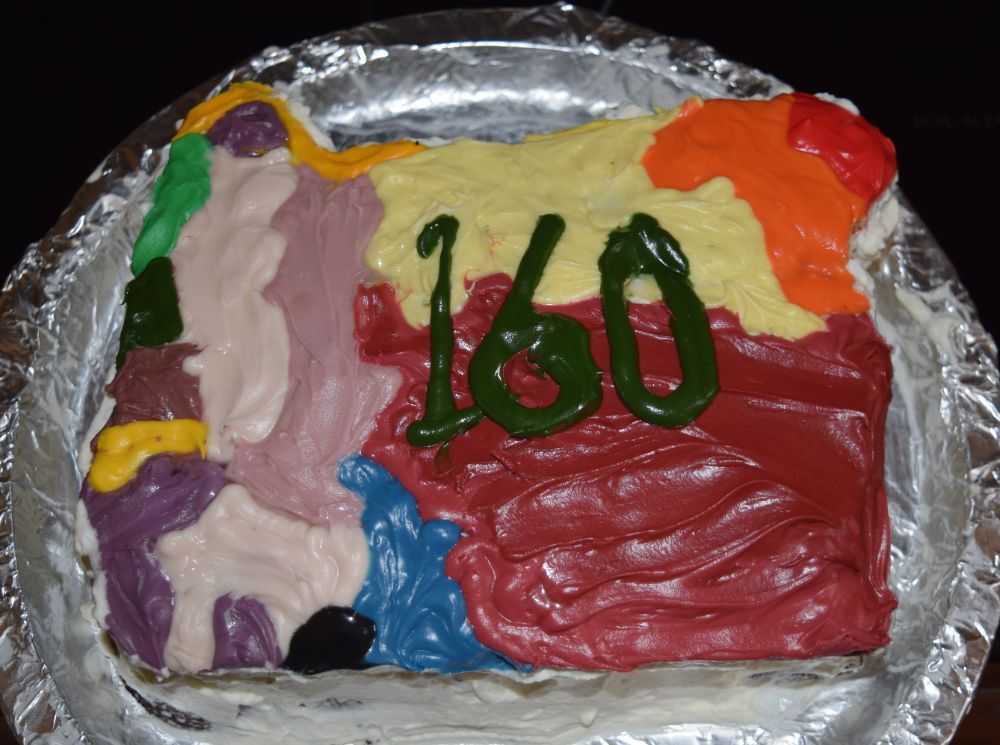

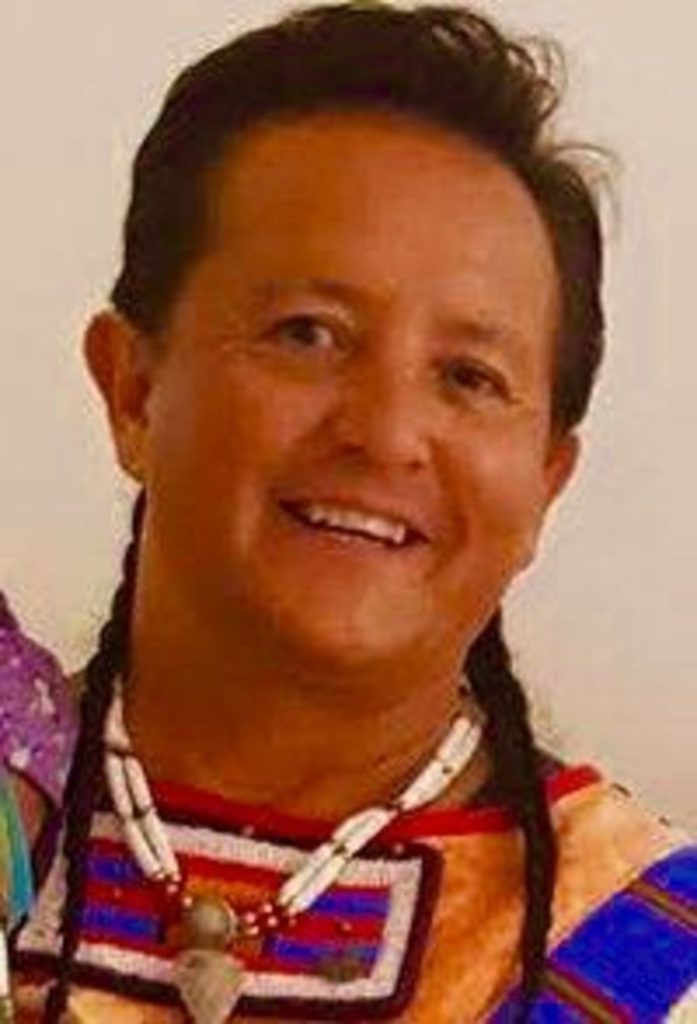
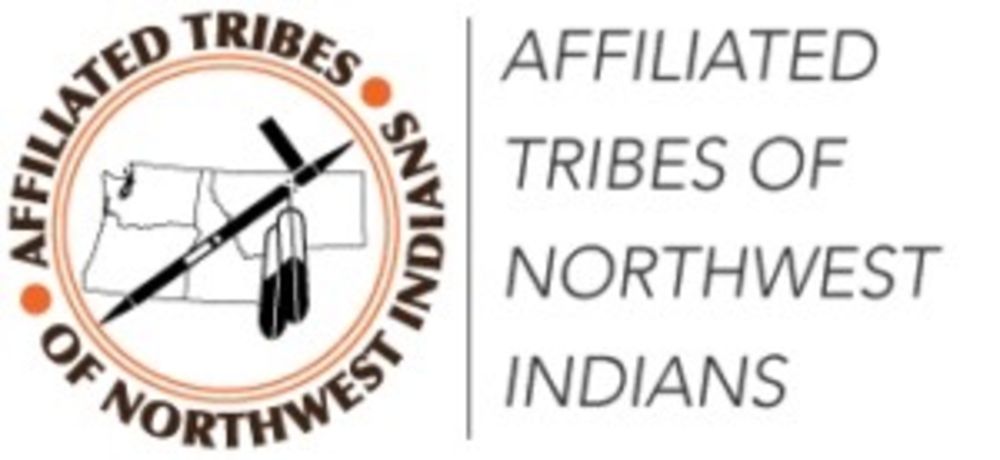
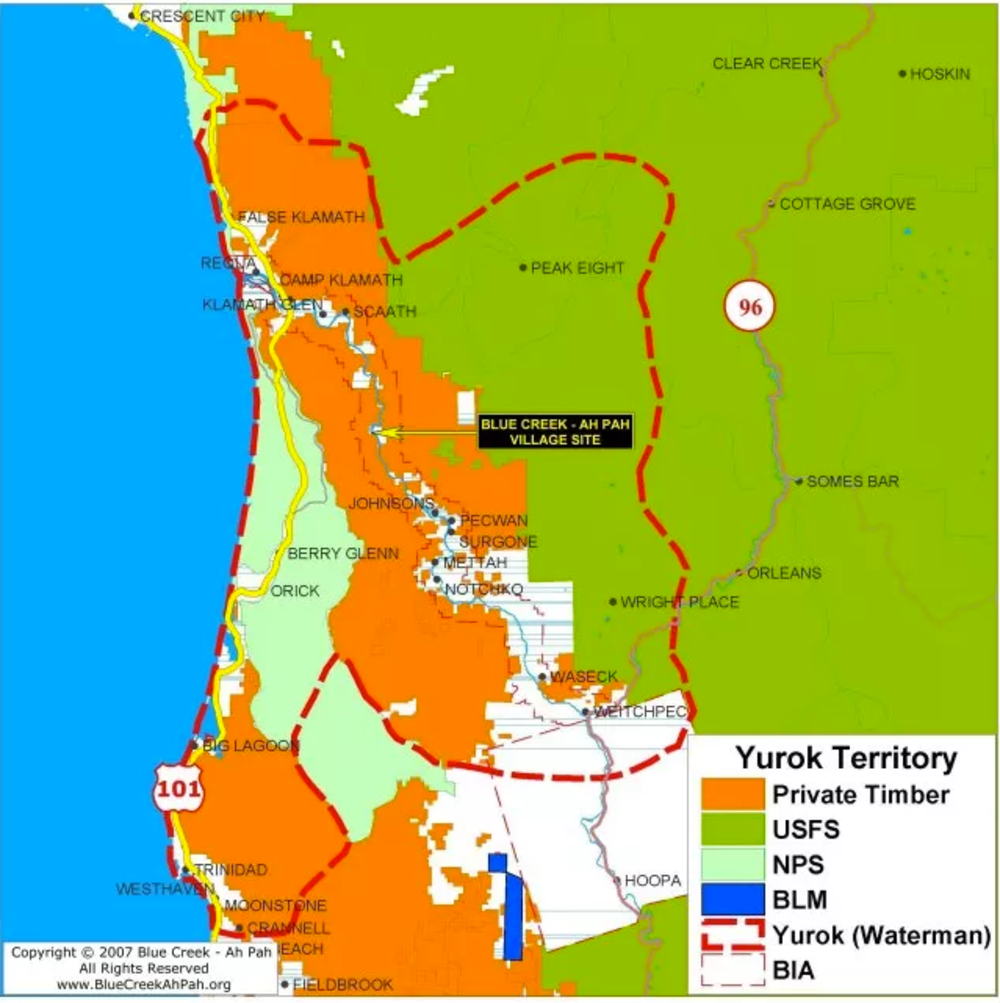
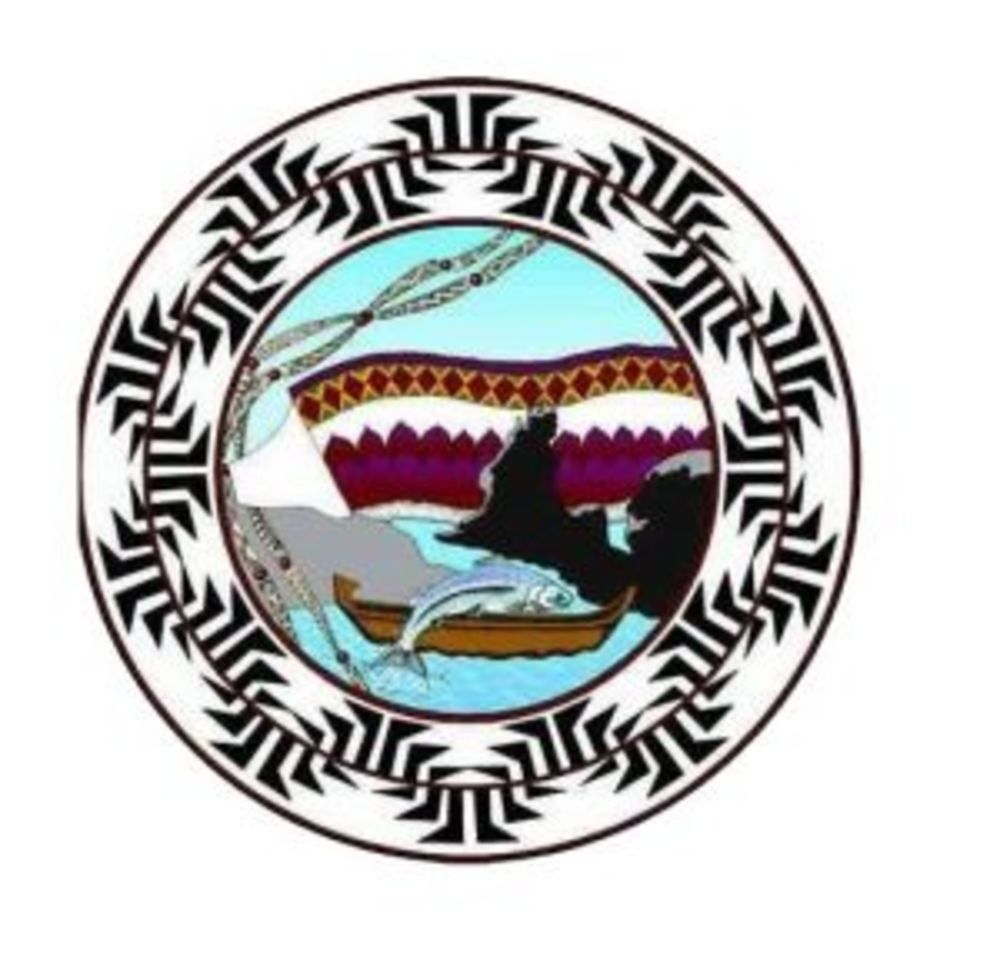

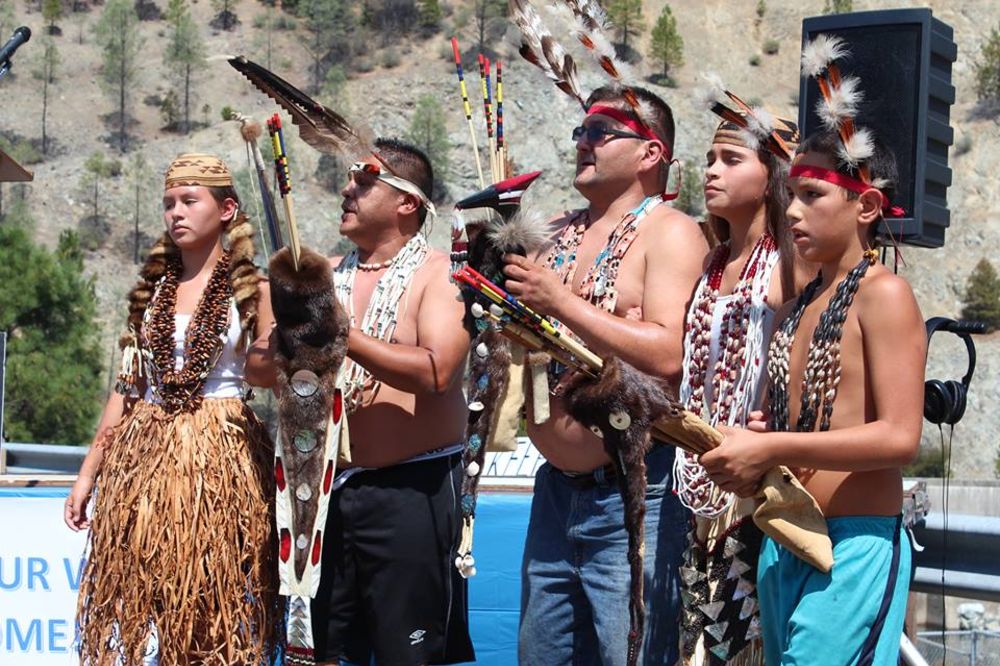
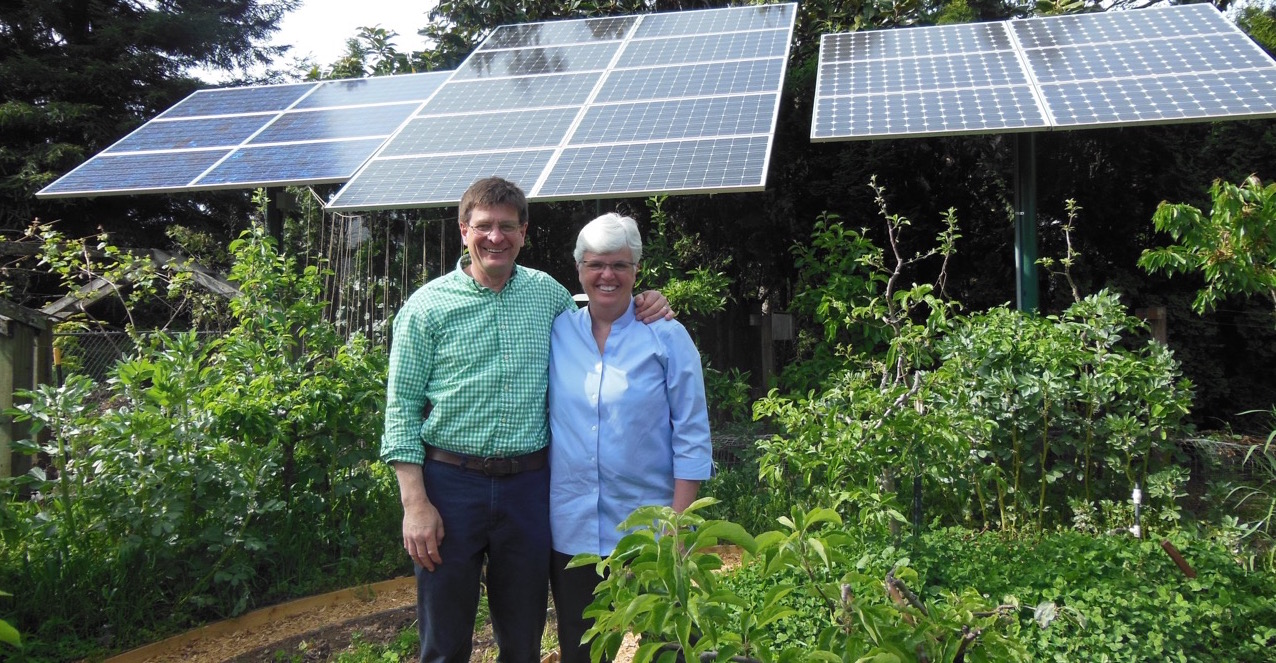




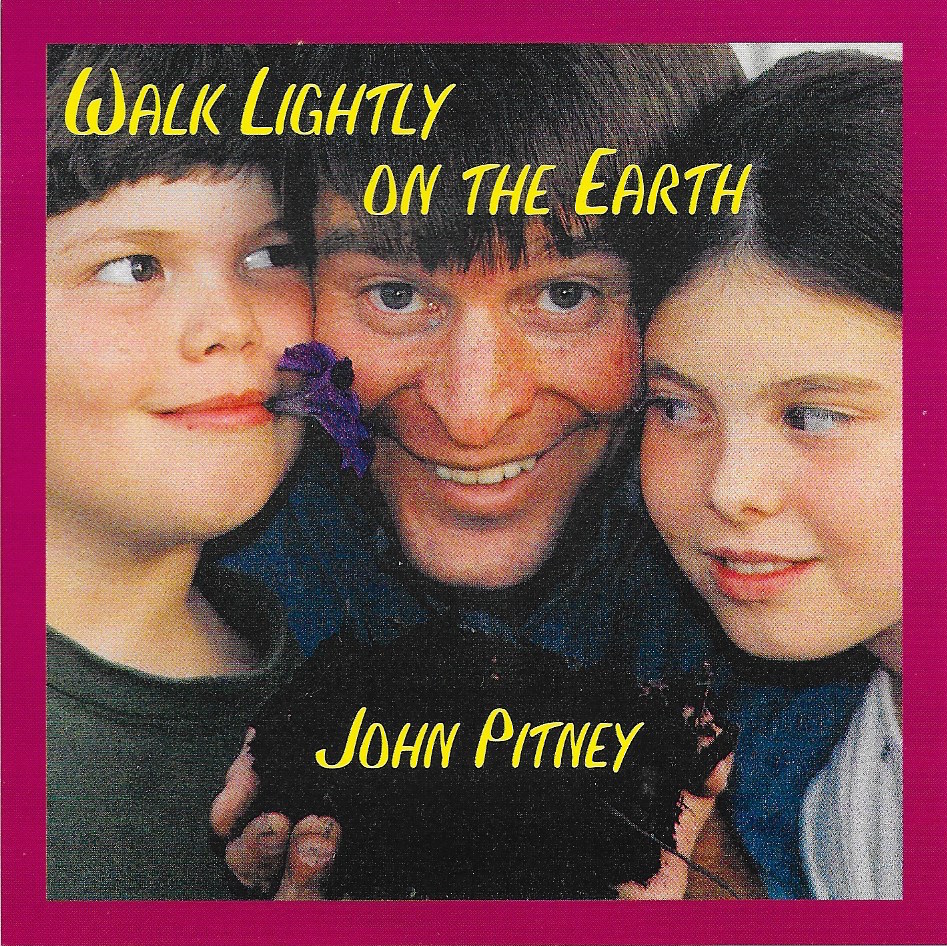

So happy to see this John! and to hear from you as well….
Can you tell me more about how Debbie is?
Love to you all!